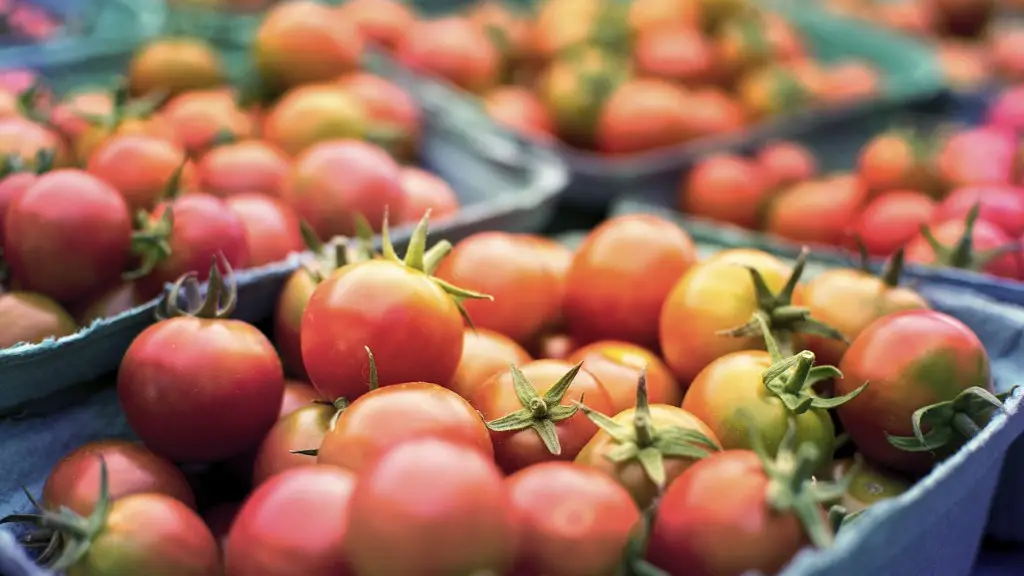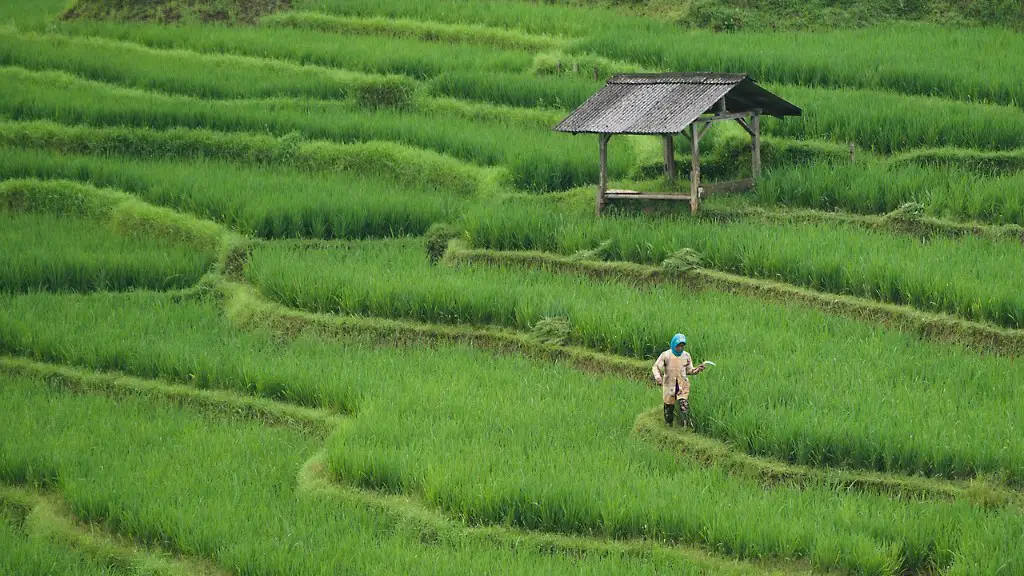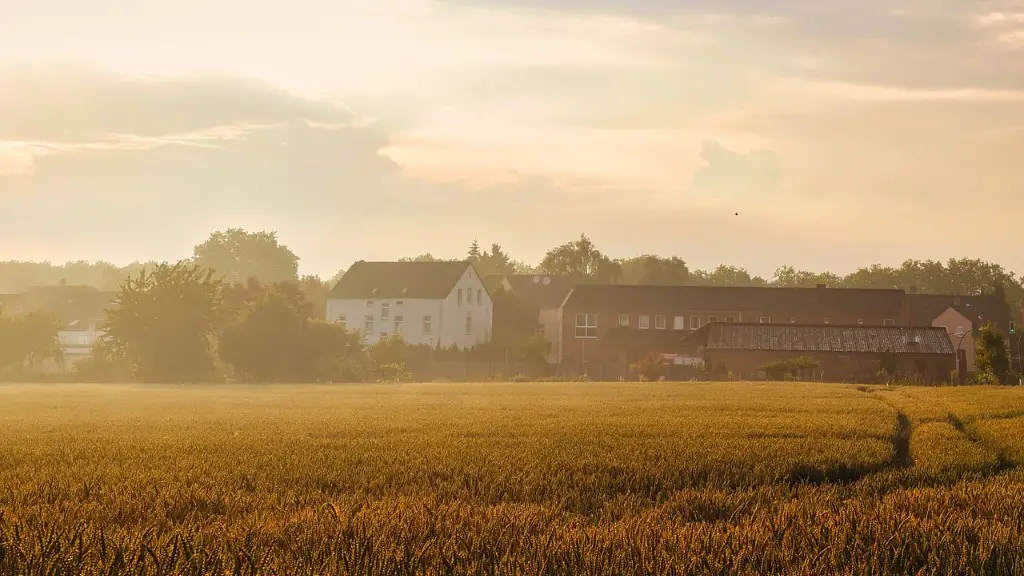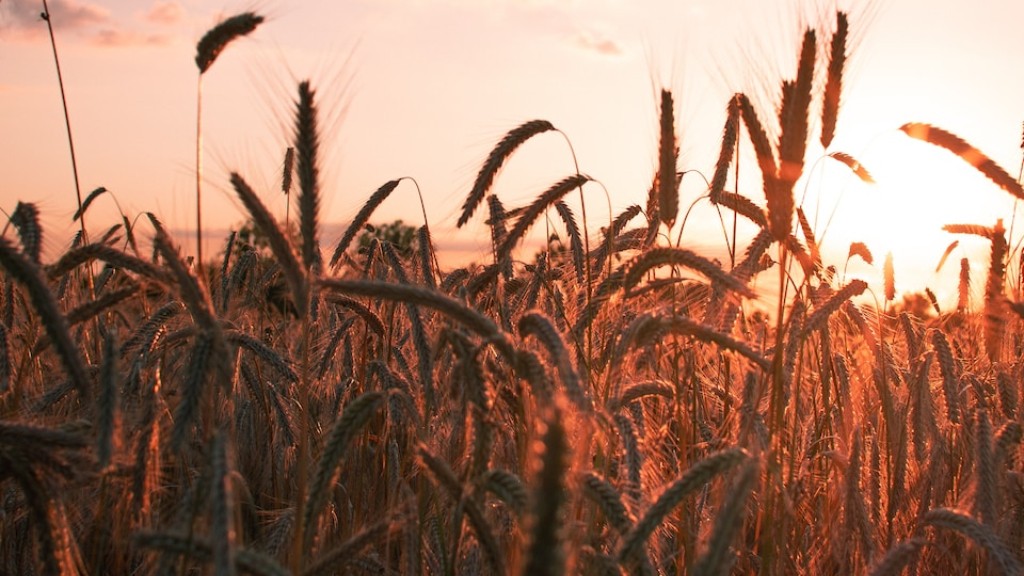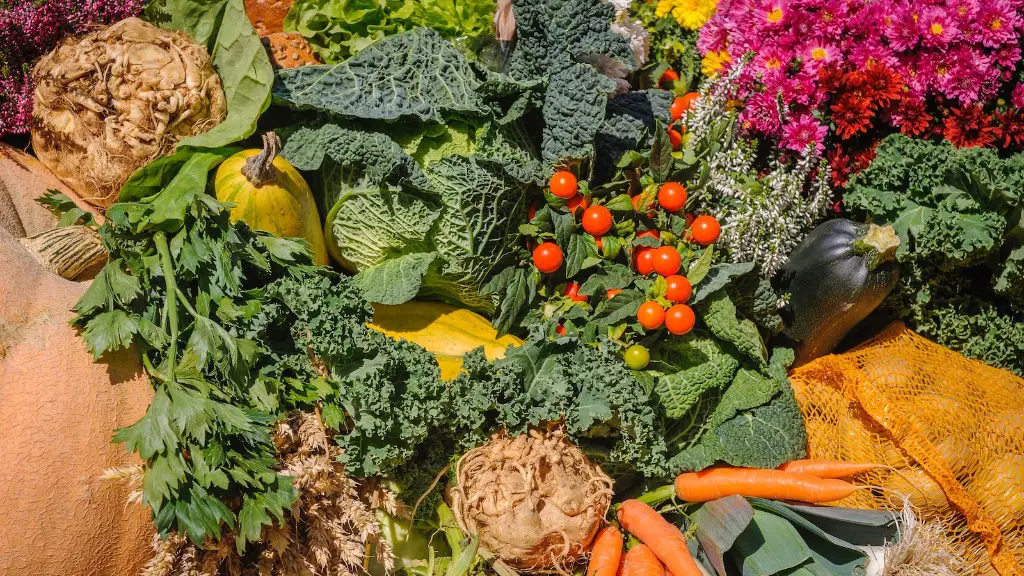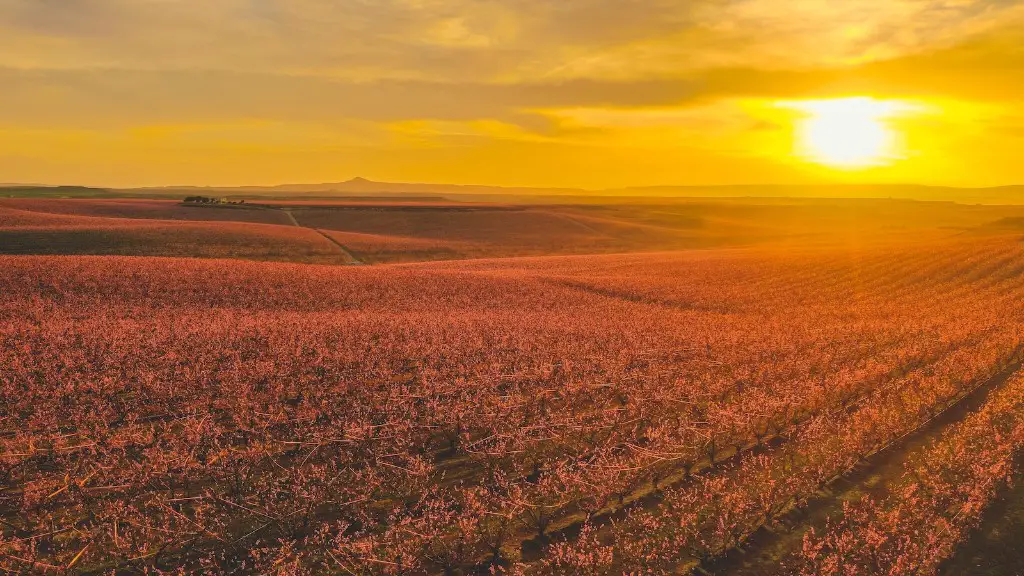The origins of agriculture can be traced back to the time when humans first began to domesticate plants and animals. Agriculture started to form the basis of human society, giving rise to civilizations and organized societies. Agriculture allowed for the growth of cities and the rise of civilizations. It also resulted in the development of systems of trade and transportation. Agriculture has played a pivotal role in human history, shaping the very ways in which we live today.
The origins of agriculture can be traced back to at least 10,000 BC with the domestication of plants and animals.
Where did agriculture first begin?
The Fertile Crescent was a region of the Near East that was especially conducive to the development of agriculture. It included parts of modern-day Iraq, Syria, Lebanon, Israel and Jordan. Agriculture probably first originated in a few small hubs around the world, but the Fertile Crescent was especially well-suited to its development. The region had a long growing season, ample rainfall, and ample sunlight. The soil was also very fertile, thanks to the annual floods that deposited silt on the land. The Fertile Crescent was also home to a number of important crops, including wheat, barley, and lentils.
Agriculture likely began during the Neolithic Era, before roughly 9000 BCE, when polished stone tools were developed and the last ice age ended. Historians have several theories about why many societies switched from hunting and foraging to settled agriculture. One theory suggests that the development of agricultural technologies allowed societies to produce food more efficiently, leading to population growth and the need for permanent settlements. Another theory posits that climate change played a role in the switch to agriculture, as the warming climate made it difficult to rely on hunting and gathering for food. Regardless of the reasons, the switch to agriculture had a profound impact on the development of human civilizations.
Who started agriculture
The Egyptians were among the first peoples to practice agriculture on a large scale. This was made possible with the development of basin irrigation, which allowed them to cultivate crops in the pre-dynastic period from the end of the Paleolithic into the Neolithic. Between around 10,000 BC and 4000 BC, the Egyptians developed a thriving agricultural society that supported a large population.
The Agricultural Revolution was a period of time when humanity began to transition from hunting and gathering to agriculture as their main source of food. This change changed humanity forever and has had a profound impact on the world we live in today. Agriculture allowed for the domestication of plants and animals, which led to the development of civilizations and the growth of cities. It also allowed for the growth of food surpluses, which allowed for the development of trade and commerce. The Agricultural Revolution was a pivotal moment in human history and has had a lasting impact on the world.
What is the oldest agriculture?
Sometime around 12,000 years ago, our hunter-gatherer ancestors began trying their hand at farming. First, they grew wild varieties of crops like peas, lentils and barley and herded wild animals like goats and wild oxen. Over time, they began domesticating these plants and animals, and developing new, more productive varieties of crops. This transition from hunting and gathering to agriculture allowed our ancestors to settle down in one place, form permanent settlements and build the civilizations we know today.
Wheat and barley are two of the oldest crops cultivated by humans. They were some of the first crops to be domesticated, and they have been an important part of human diets for thousands of years. Wheat and barley are both grains, and they are used to make a variety of food products, including bread, beer, and whisky.
How did early humans start farming?
When the climate of the world started changing, people observed places where edible plants like seeds, plants, etc were found. They started growing their own plants and thus, became farmers.
Agriculture is a vital part of human history and development. It began independently in both North and South America around 10,000 years ago, and has since been a crucial part of human life and culture. Agriculture has played a significant role in shaping the world as we know it today, and will continue to do so in the future.
What is the timeline of agriculture
The Neolithic Revolution is a significant event in human history, marking the transition from a hunter-gatherer lifestyle to one of agriculture and domesticated animals. This change occurred in various regions of the world at different times, with the earliest evidence for it appearing in Mehrgarh (modern day Pakistan) around 7000 BC. The domestication of cattle and chicken in Mehrgarh is thought to have led to the cultivation of wheat, sesame, barley, and eggplant, which then spread to other parts of the world. Rice was domesticated in southeast Asia around 6800 BC, and evidence for cattle domestication in Turkey has been found dating back to 6500 BC. This impactful change in human lifestyle and culture has had far-reaching consequences for the development of civilizations and the course of history.
Mesopotamia is where some of the earliest crops were grown, around 5500 BCE. The Fertile Crescent, an agriculturally rich area, was where these crops originated. Crops such as wheat, barley, and figs were grown near local sources of freshwater so they could be easily irrigated.
Who started to grow crops first?
The Sulaiman and Kirthar hills are located in the northwest of India and are home to some of the oldest agricultural settlements in the world. Archaeological evidence shows that people in this region were growing wheat and barley crops around 8000 years ago. This makes the Sulaiman and Kirthar hills one of the cradles of agriculture.
The Fertile Crescent is a region in the Middle East that is fertile for agriculture. This region includes parts of modern Turkey, Iran, Iraq, Syria, Lebanon, Israel, Jordan, and the Palestinian territories. Agriculture was invented in this region between 7,000 and 10,000 years ago, during the Neolithic era, or the New Stone Age.
What did humans before agriculture
Hunter-gatherer cultures are those that forage or hunt food from their environment. This was the only way of life for humans until about 12,000 years ago, when archaeological studies show evidence of the emergence of agriculture. Hunter-gatherer cultures are often nomadic, as they have to move to find food. This way of life is still practiced by some cultures today.
Farming began c 10,000 BC on land that became known as the FERTILE CRESCENT. Hunter-gatherers, who had traveled to the area in search of food, began to harvest (gather) wild grains they found growing there. They scattered spare grains on the ground to grow more food.
Which crop had the biggest impact on the Old World?
Corn is a versatile crop that can be grown in a variety of climates and soil types. It is a hardy crop that is resistant to drought and pests, and can be harvested multiple times per year. Corn is a staple food in many parts of the world, and has played a significant role in the development of agriculture.
Hunter-gatherer cultures forage or hunt food from their environment. Usually nomadic, this was the only way of life for humans until about 12,000 years ago, when archaeologic studies show evidence of the emergence of agriculture.
Hunter-gatherer cultures have existed for millennia and continue to exist in some parts of the world today. Many of these cultures are highly attuned to their natural surroundings and have a deep understanding of the plants and animals that they rely on for sustenance.
The Hunter-Gatherer way of life has often been maligned by those who see it as “primitive” or “undeveloped.” However, Hunter-Gatherers often live in close harmony with nature and have a deep understanding and appreciation for the natural world.
Final Words
The answer to this question is not exact, as different sources claim different dates for the start of agriculture. Some estimates place the start of agriculture as early as 10,000 BCE, while others place it closer to 5,000 BCE. It is safe to say that agriculture started at some point within this time frame.
The answer to this question is not definitive, as there is evidence that agriculture may have started at different times in different parts of the world. However, the most commonly accepted date for the beginning of agriculture is around 10,000 BC. This is when the first evidence of domesticated plants and animals appears in the archaeological record.
